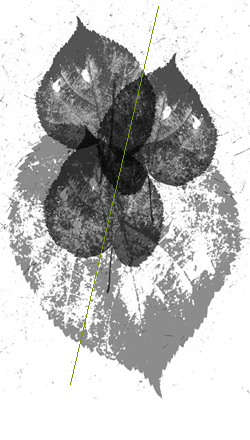Turning Towards the Sea: 17 Haiku for Solo Trombone
solo trombone
Duration: ca. 8′
Composed: 2005
Click here to see a sample page of Turning Towards the Sea.
The 17 short pieces that make up Turning Towards the Sea are all based on the traditional Japanese poetry form known as Haiku. In a haiku poem, there are 17 syllables that are divided into three lines of 5, 7, and 5 syllables. (In English language haiku, however, the number of syllables is typically less strict — especially for translations.) The aesthetic of haiku poetry is closely aligned with Zen Buddhist philosophy; one of many ways in which this is perceptible is that a haiku poem expresses the experience of a single moment in time, often called “the haiku moment.”
A haiku poem usually implies a specific season as well. The three haiku by Basho which I have woven into the piece (although the words are not intended to be distinguishable in performance) represent a specific season of life. Each “sonic haiku” for trombone is made up of approximately 17 events, grouped loosely in three phrases of 5-7-5. In turn, these sonic haiku gather themselves into three larger phrases of 5-7-5 to form the piece. A note for those interested in numbers: The life cycle of most cicadas is 17 years.
Turning Towards the Sea was commissioned by trombonist Ben Lanz, and was premiered on March 13, 2005 at Stony Brook Unviersity’s Staller Center Recital Hall.
Nothing intimates,
In the voice of the cicada,
How soon it will die.
Water jar cracks:
I lie awake
This icy night.
The full moon
Seven story-songs of a woman
Turning towards the sea.
—Basho (1644-1694)
